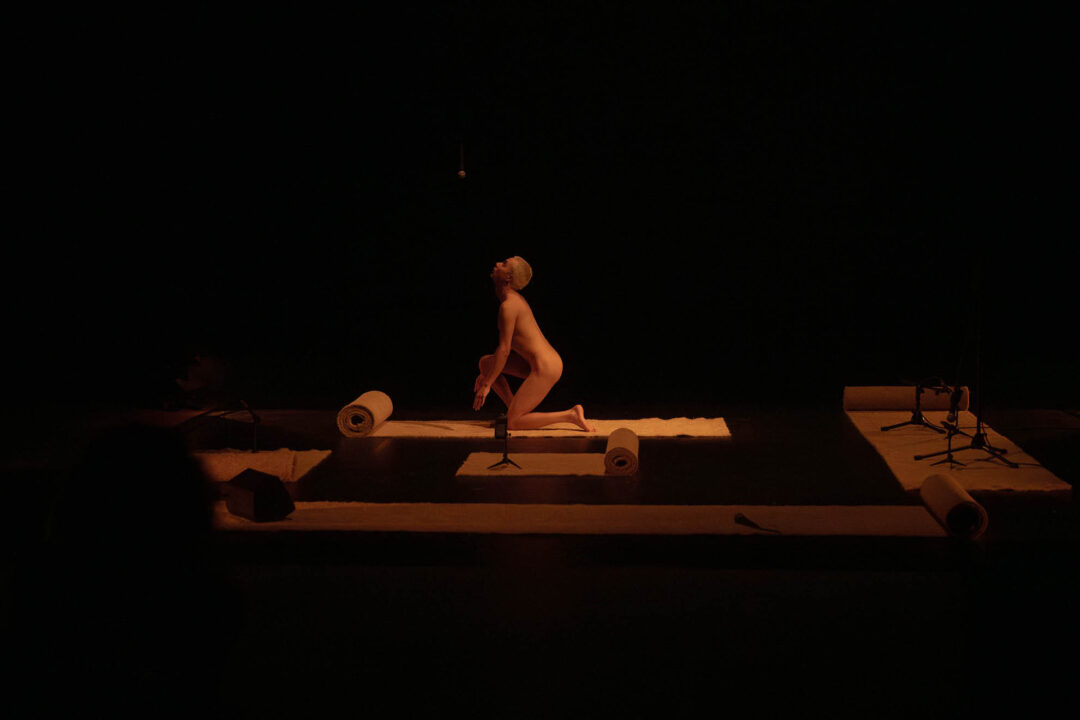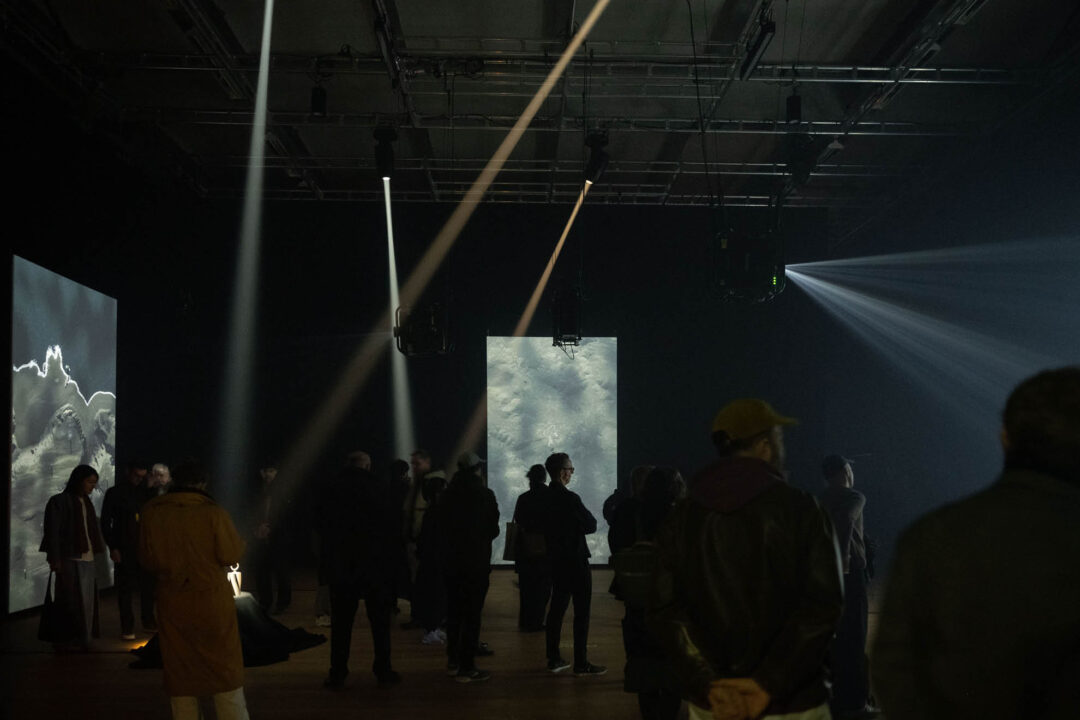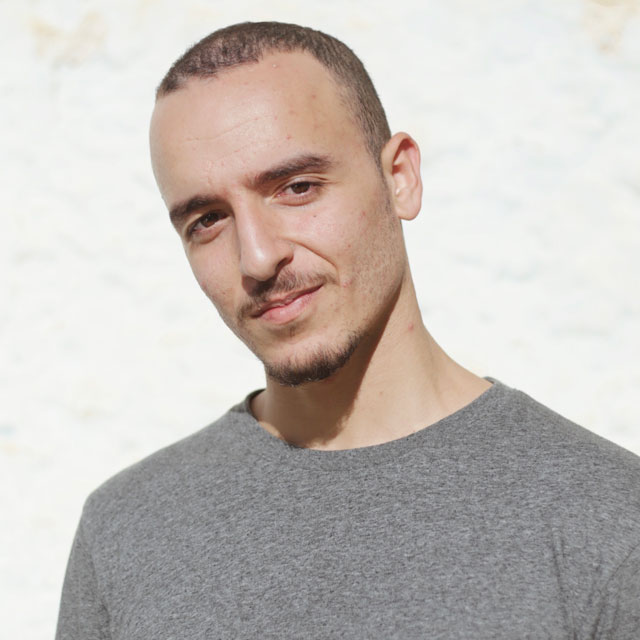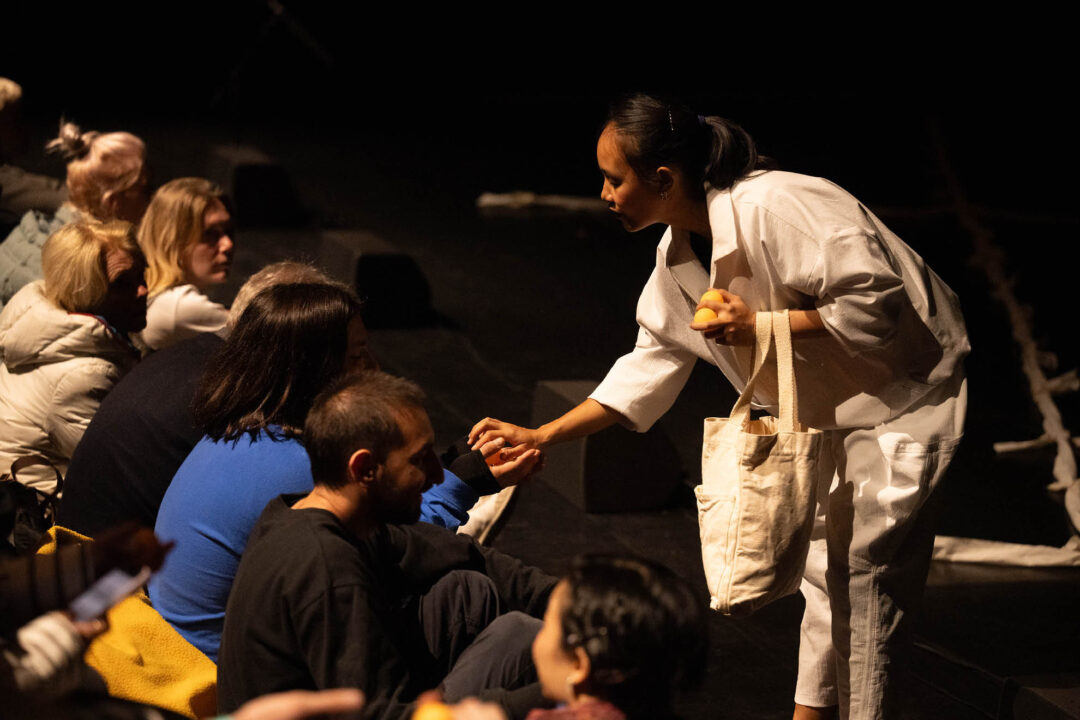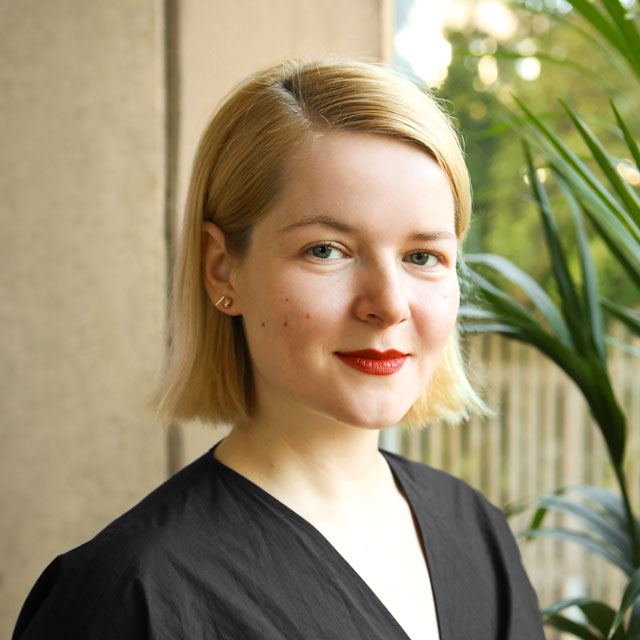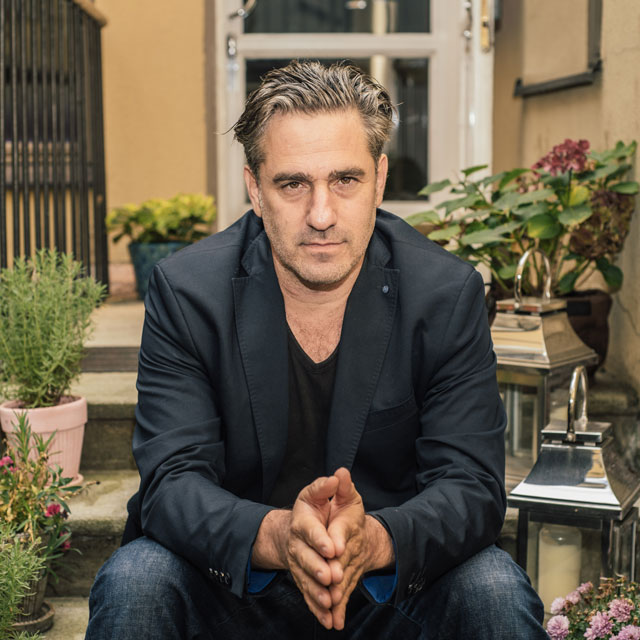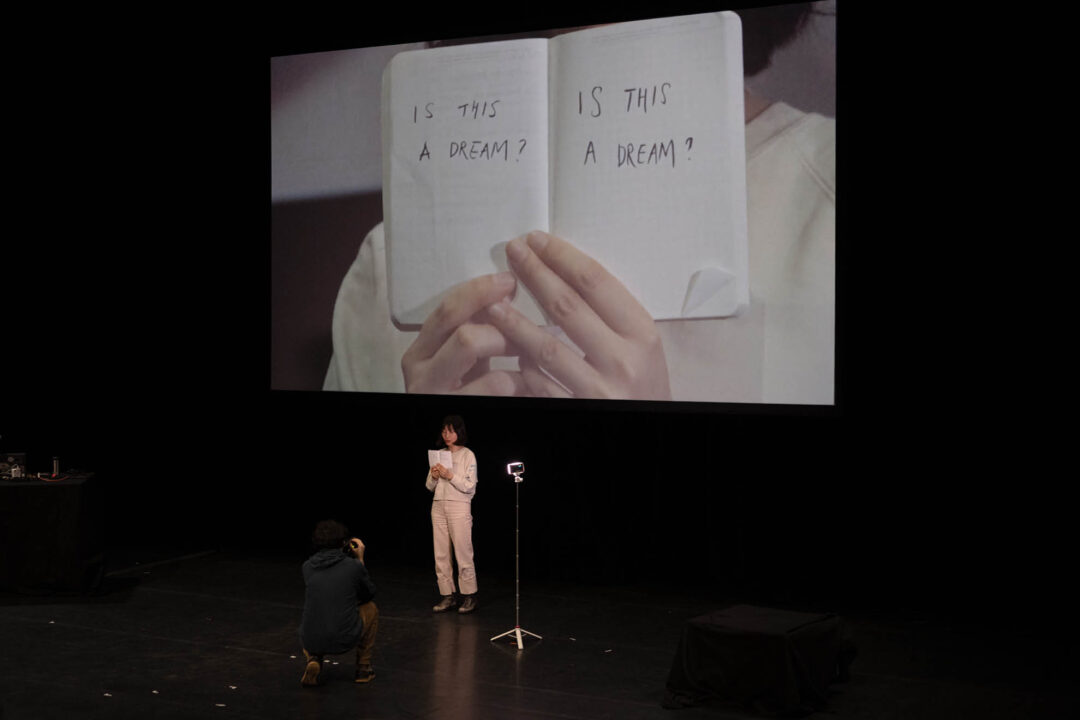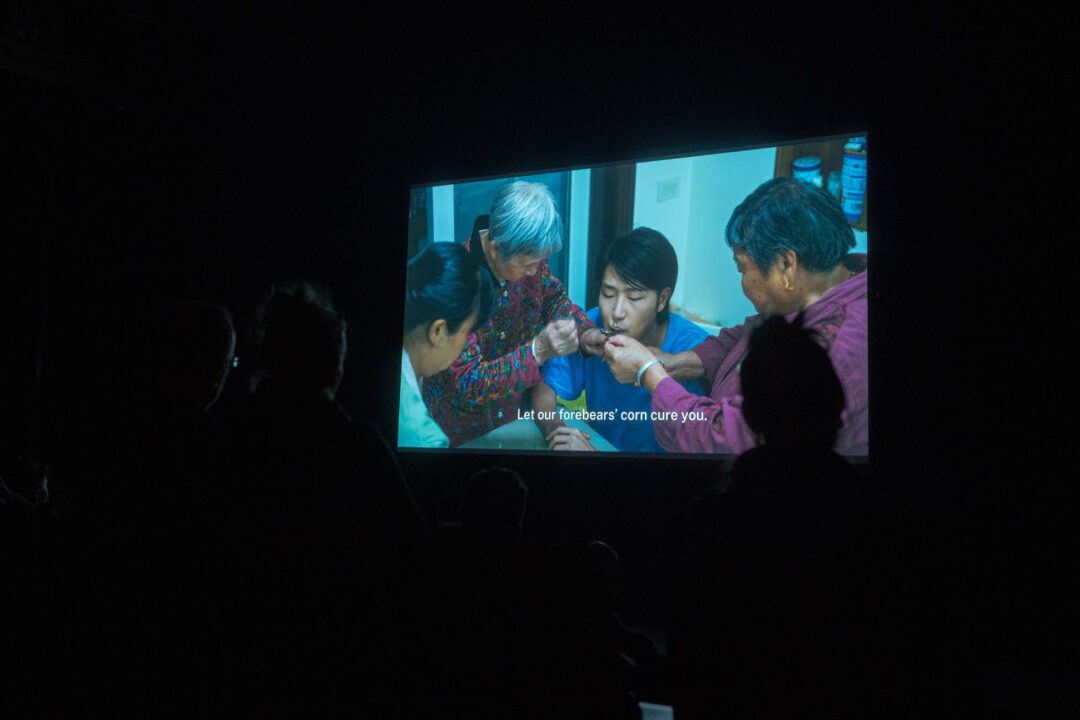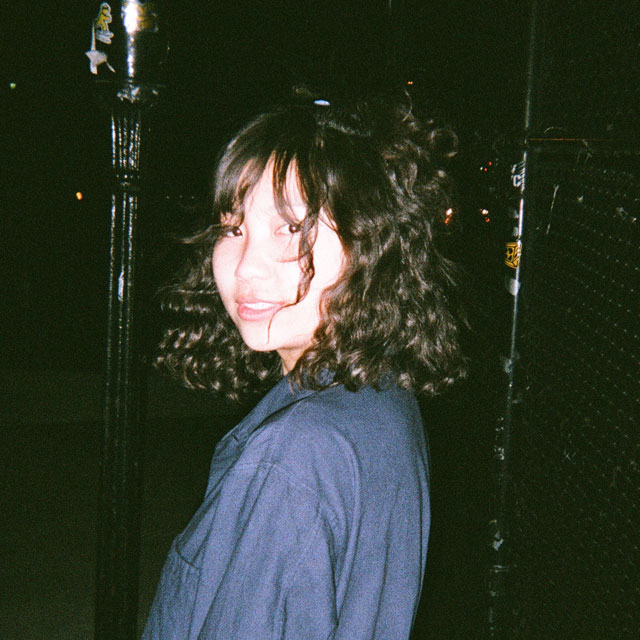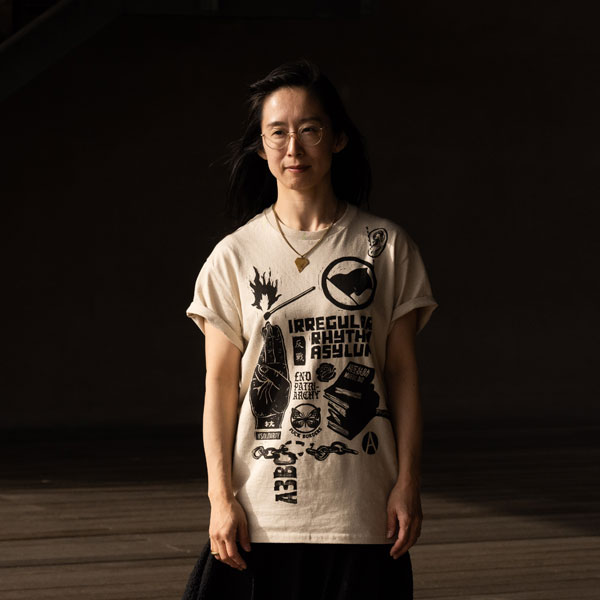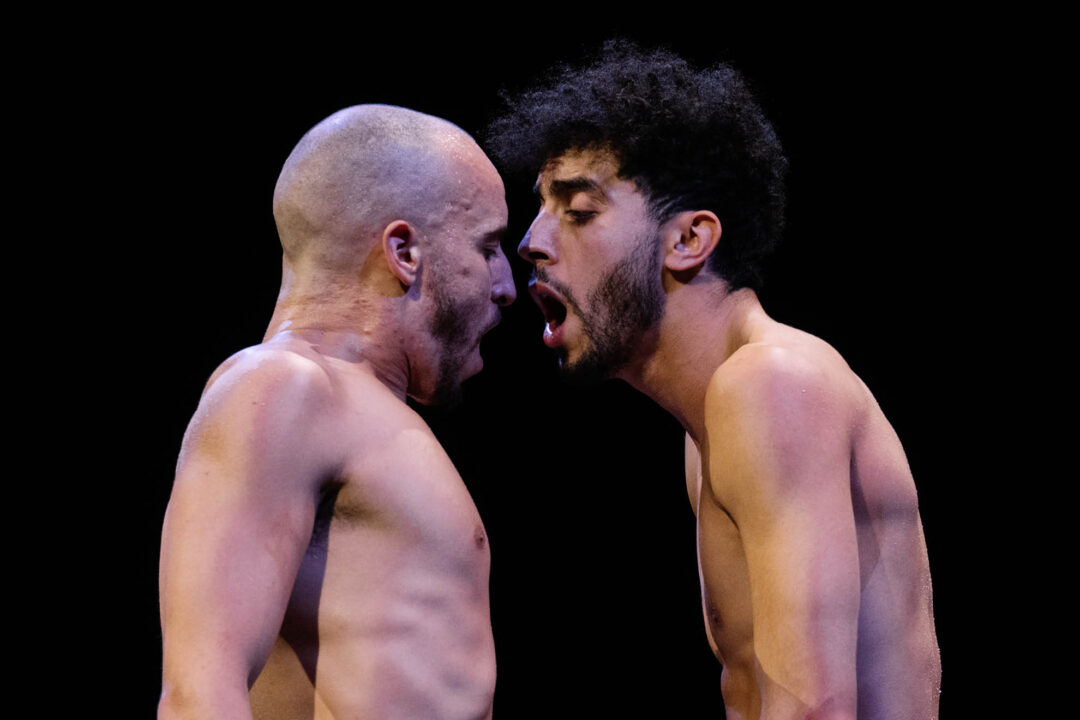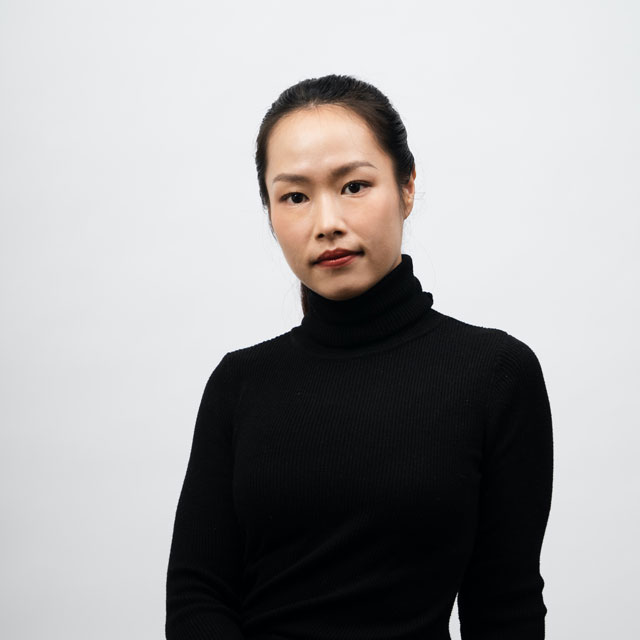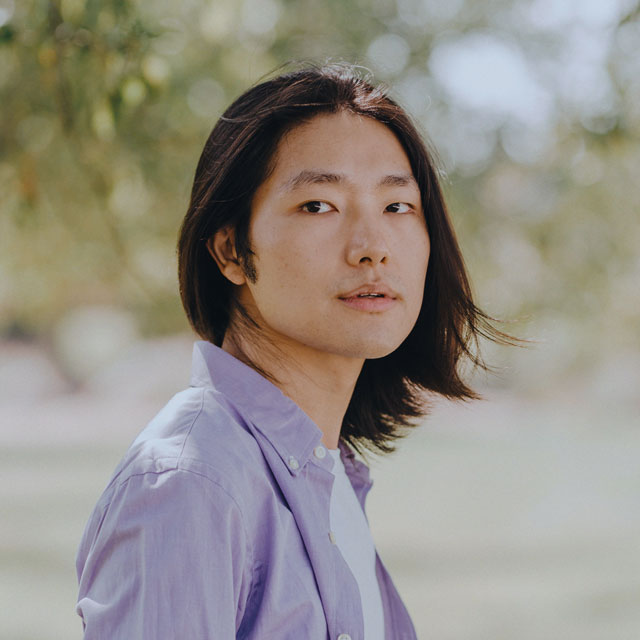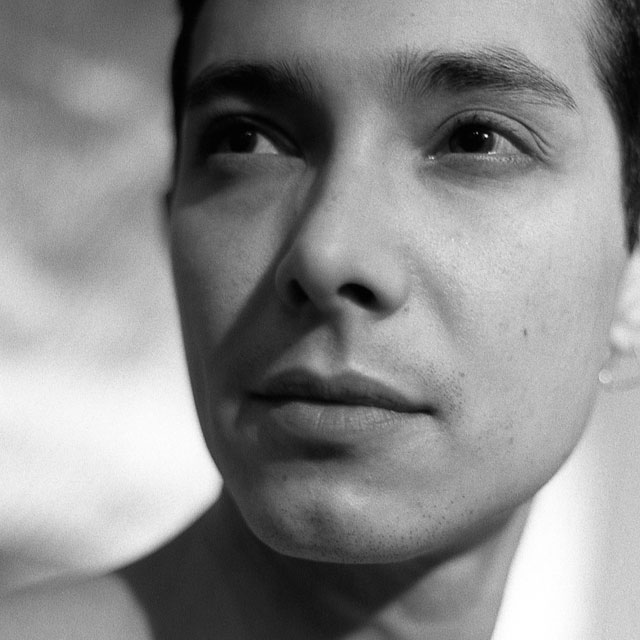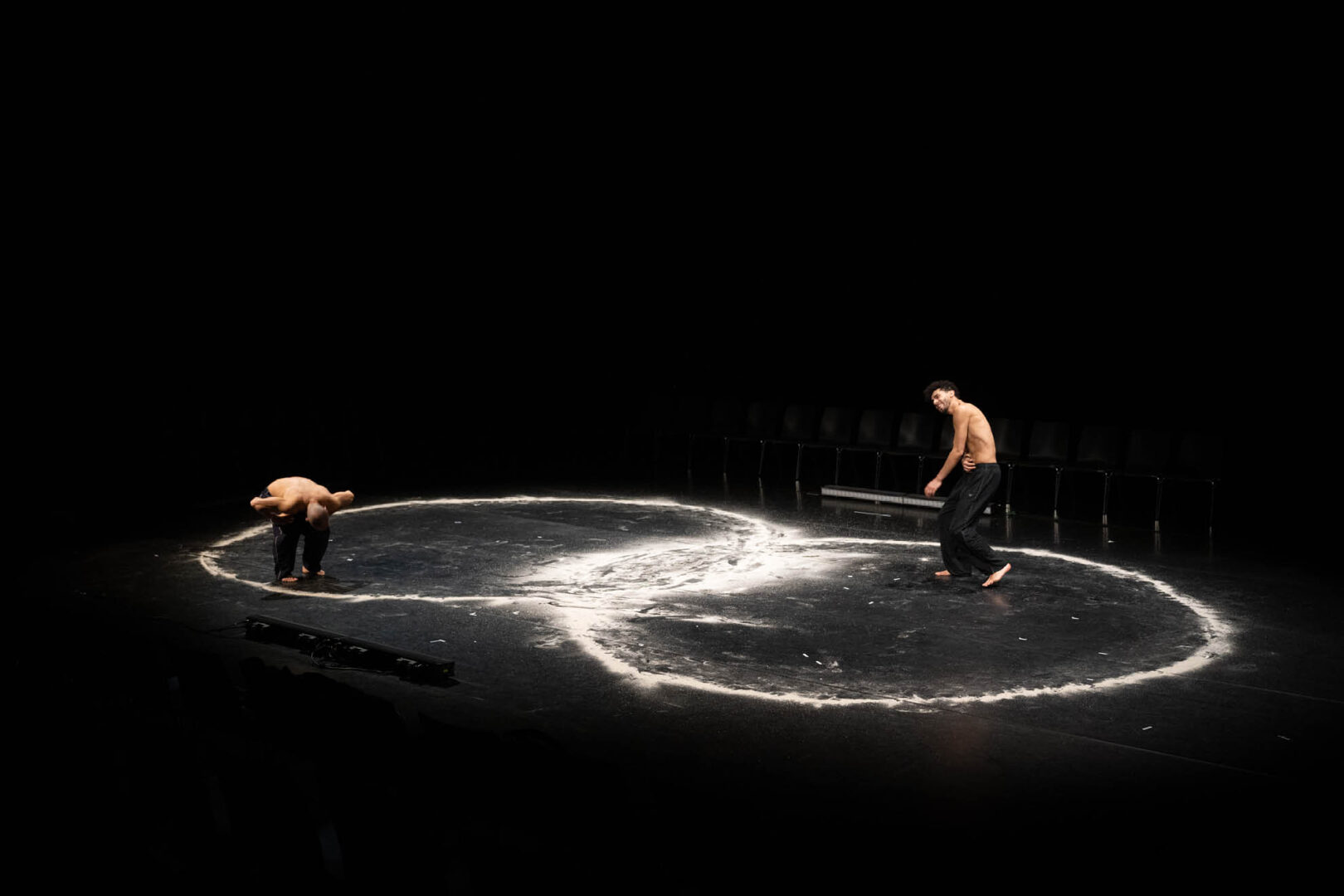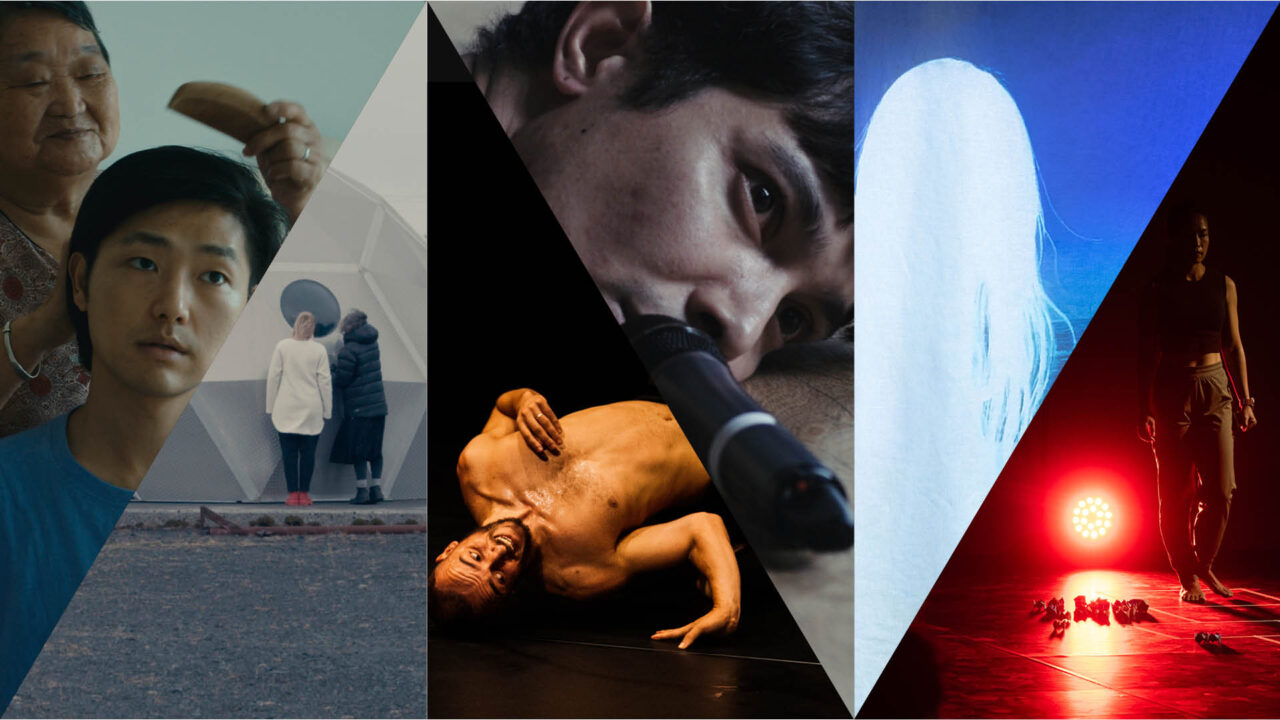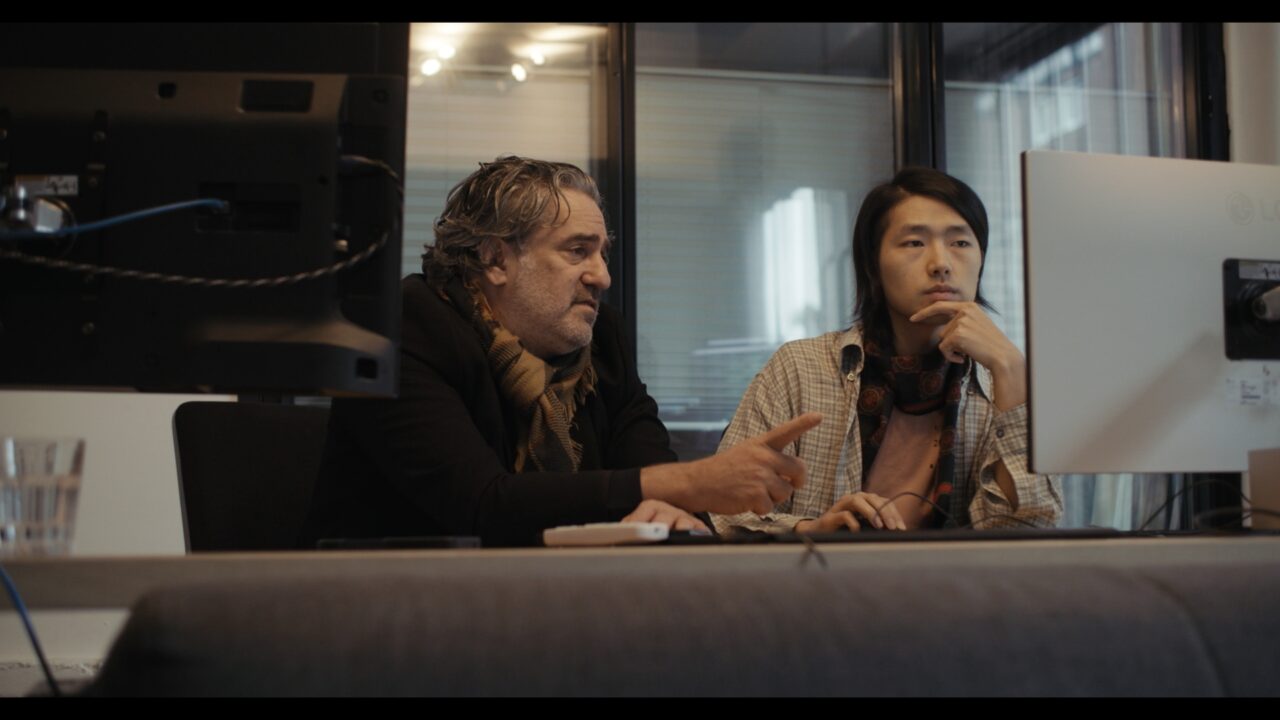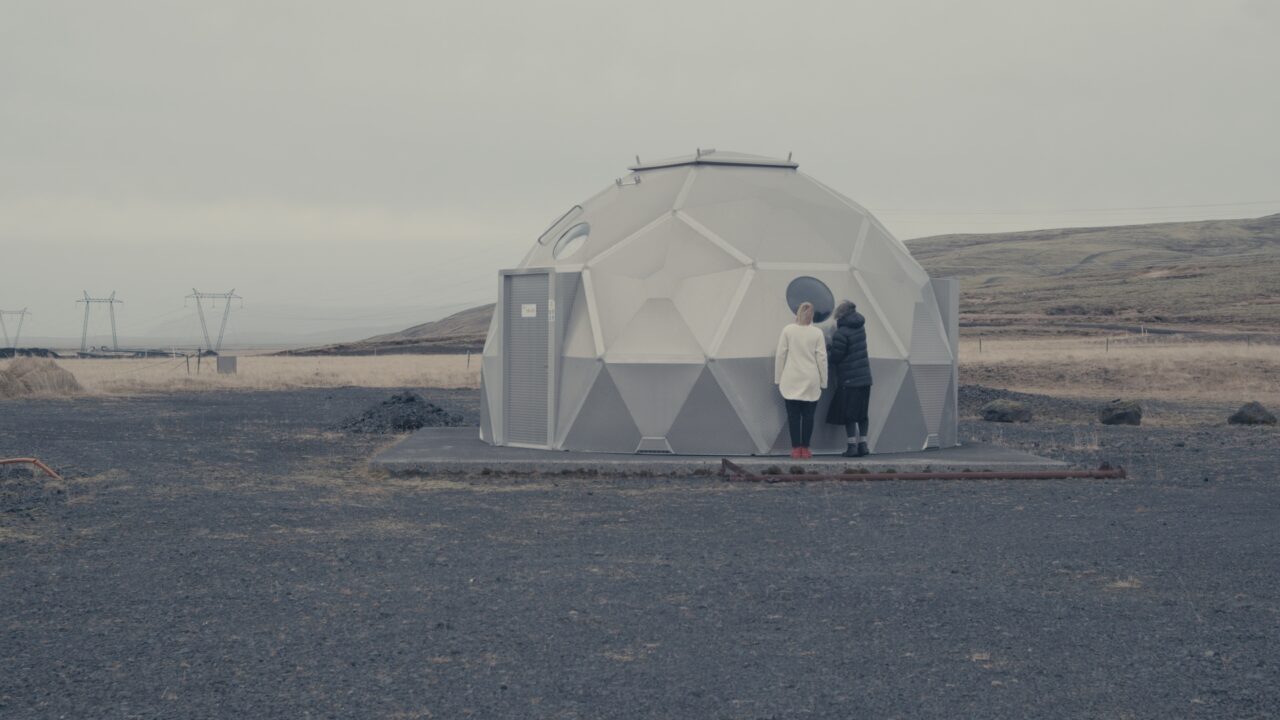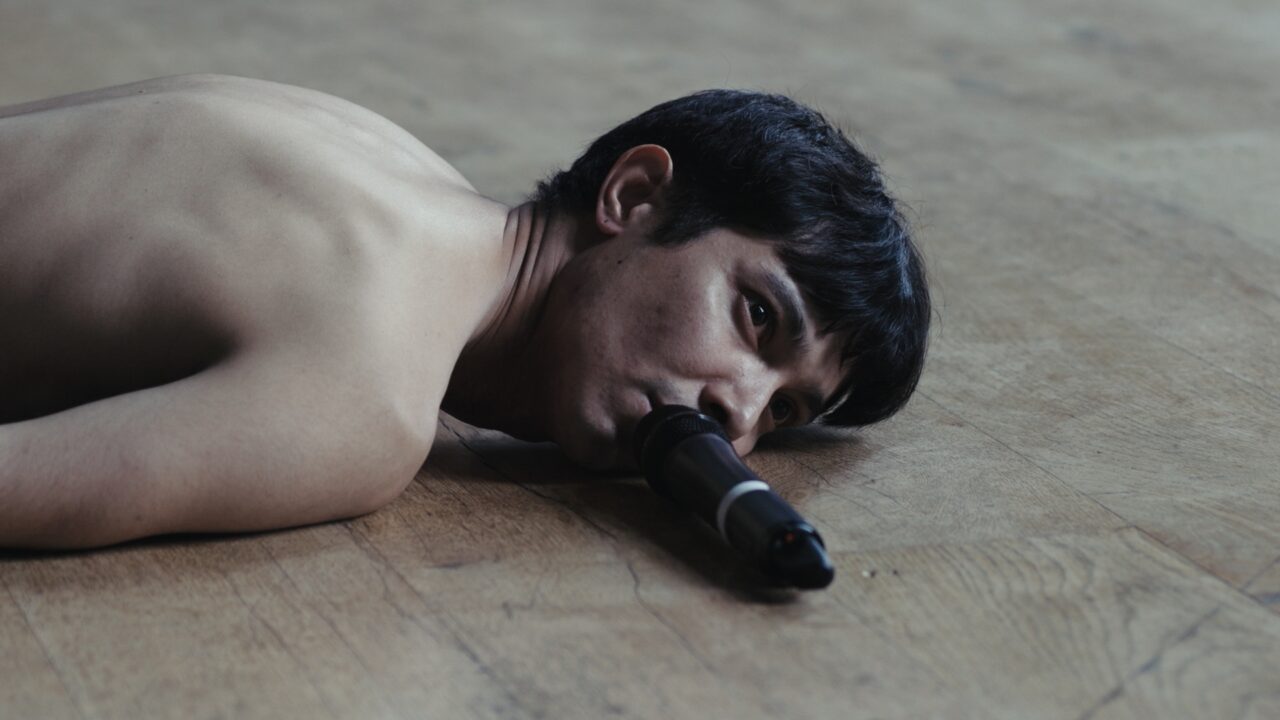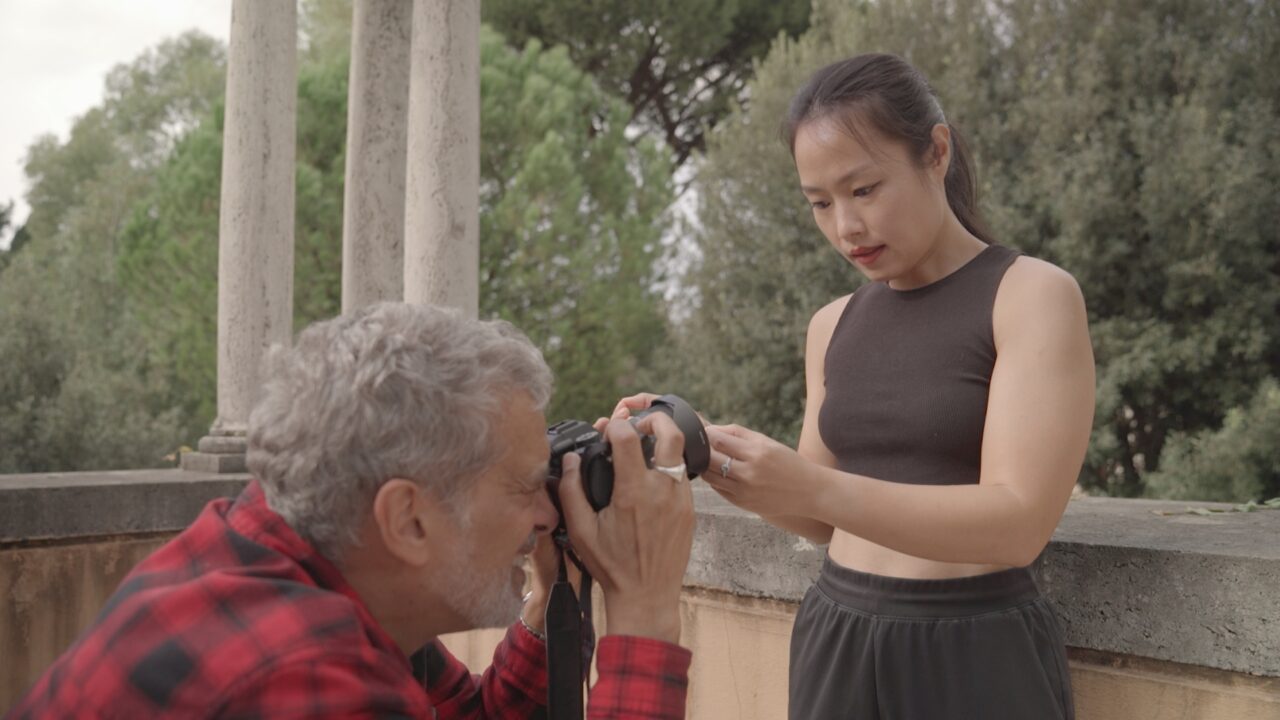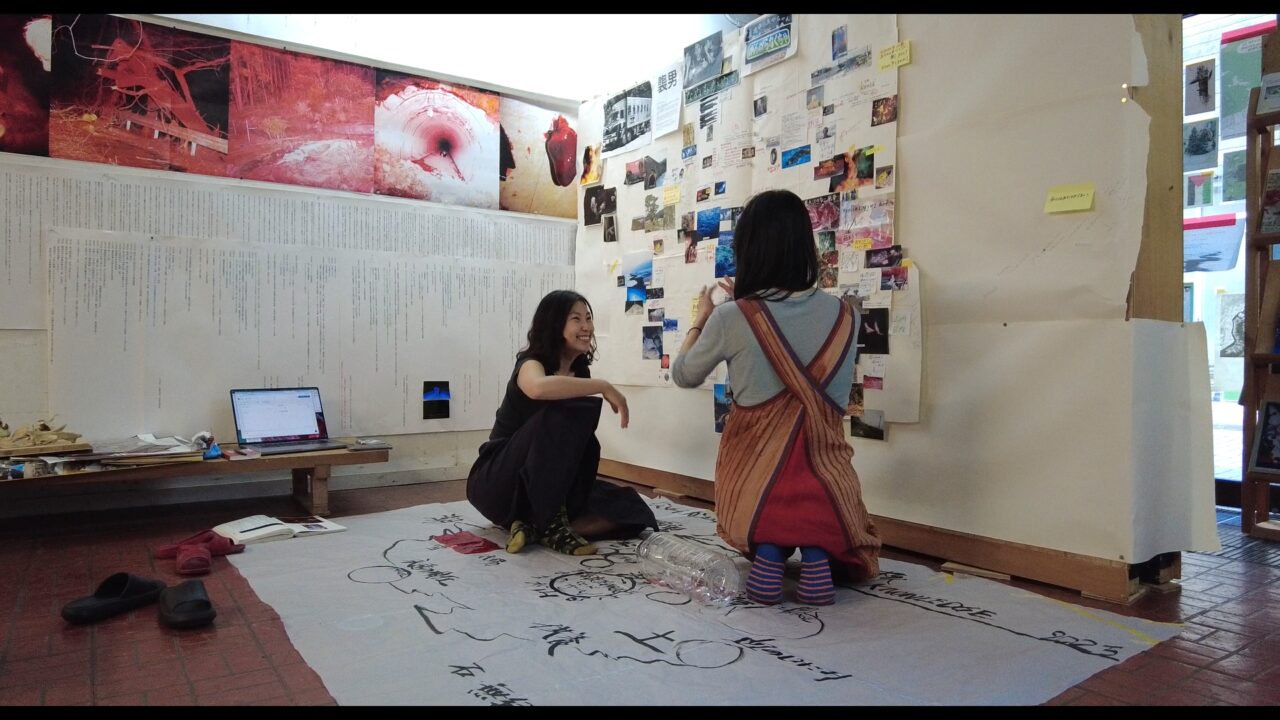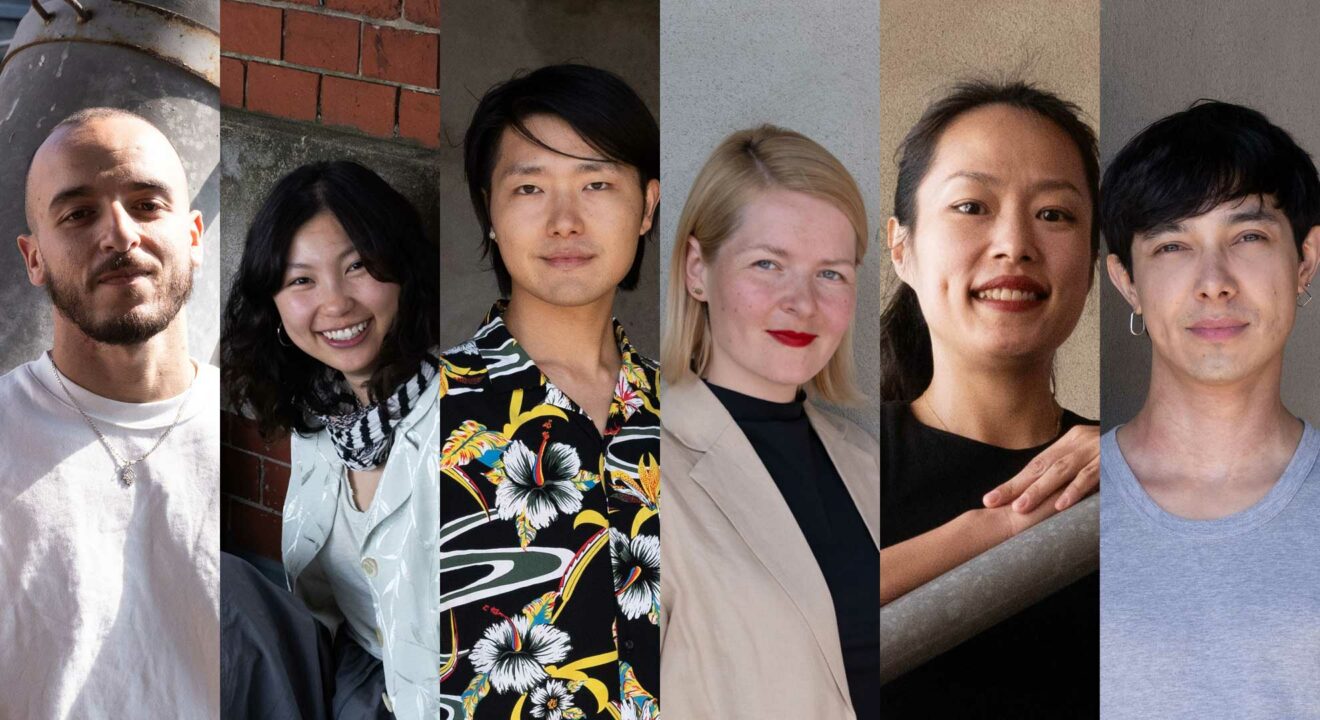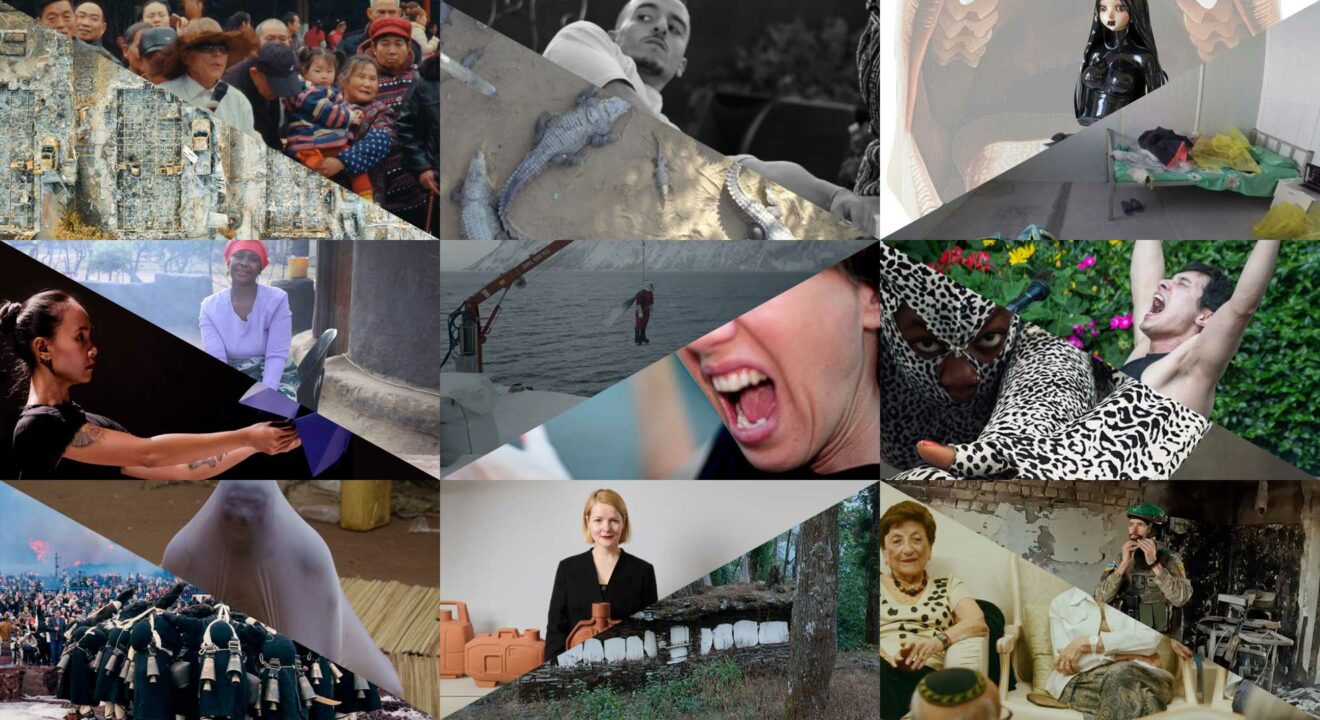Mehdi Dahkan
KMs of Resistance
France-based Moroccan choreographer and performer Mehdi Dahkan uses the body to interrogate social constructs prevalent in the Maghreb today. In the piece KMs of Resistance, Mehdi seeks to explore the act of celebrating as a form of protest and resistance. The work draws inspiration from the Chaabi dance gatherings which sparked resistance movements and were →
Ute Wassermann
In her 2015 solo album strange songs for voice and birdcalls (TREADER, UK), for example, she embodies a hybrid vocal persona with swirling, trilling, screeching, sighing, breathing, and vocalizing tone-colors. She extends and renders the voice alien by including the use of bird whistles, lo-fi electronics, resonators, field recordings, and everyday objects. Wassermann’s performances create →
Johanna Seelemann
Soil Assembly
Based in Germany and Iceland, Johanna Seelemann leads a design studio that explores the mystification of everyday objects and materials. Her project, titled Soil Assembly (previously De agri cultura), takes a transformative approach to farming through speculative design and other-than-human perspectives. Through this project, Seelemann seeks to find out what might it look like if →
Tomer Heymann
A Place Beyond Fear
Heymann was honored with a Lifetime Achievement Award at the 15th Monterey International Film Festival in Mexico. Several retrospectives have been dedicated to Heymann’s films in New York, San Francisco, Buenos Aires, São Paulo, and Istanbul. His most recent films include Jonathan Agassi Saved My Life, which won the 2019 Israeli Academy Award for Best Documentary and →
Theo Eshetu
Shapes of the Unknown
Eshetu’s works have been shown internationally at film festivals and major exhibitions including the Gwangju Biennale (2020), Shanghai Biennale (2017), Documenta14 in Athens and Kassel (2017), Dak’Art (2016), the Sharjah Biennale (20122), and the Venice Biennale (2011). He currently has works on view in the collections of MoMA, New York; the Metropolitan Museum of Art, →
Lieko Shiga
In 2008, Shiga moved to Japan’s Miyagi Prefecture, where she quickly became involved in the local community. She began documenting the history of this region as well as its rites and customs, and continued producing works related to memories that span generations. Following the devastating natural catastrophe of 2011, Shiga stayed in the region to →
Trà Nguyễn
Mother Doesn’t Know Mnemosyne
Trà Nguyễn is a Vietnamese theatermaker whose plays and set designs often resemble installations in which the performers move and act excruciatingly slowly. Nguyễn developed a method called Verbatim Bodies, which posits the emergence of differing characters from a performer’s holding of space, thus allowing for a multitude of narrative possibilities. Her short play evokes →
Fiona Raby
Paradoxical Imaginings: Ideas and Objects
Raby is a co-author, together with Dunne, of Design Noir (2000, 2021), and Speculative Everything (2013) and her design projects are in several permanent collections including MoMA, New York; the Victoria and Albert Museum, London; and MAK, Vienna. In 2021, Raby was made a Royal Designers for Industry (RDI) and Life Fellow by the Royal →
Hao Zhou
Correct Me If I’m Wrong
Hailing from southwest China, Hao Zhou explores queer and feminist stories in peripheral spaces. The documentary will follow a family as its members confront their sole male heir’s deviation from expectations. To challenge their contempt, the heir indulges his family’s wish to rid him of everything they hate and fear. In their mountainous town, the →
Alice Ripoll
Open Minded Body
Based in Rio de Janeiro, Ripoll currently directs two dance companies: Cia REC and SUAVE. Both groups stemmed from independently organized collectives or social projects, and became professional touring companies that elaborate and recreate contemporary art. Melding urban dance styles from Brazilian favelas with contemporary dance, theater, and voice research, their work operates at the threshold →
Camil Navarro
Ecological Assemblage
Paris-based Chilean artist Camil Navarro’s practice has its roots in theater, dance, and performance. Navarro’s project stems from an analysis of and a reflection on water-risk issues around the Aconcagua River Basin in Chile. A sonorous assemblage weaves dissonant voices, somatic practices, and the sounds of water and nature into a polyphonic set of autonomous →

